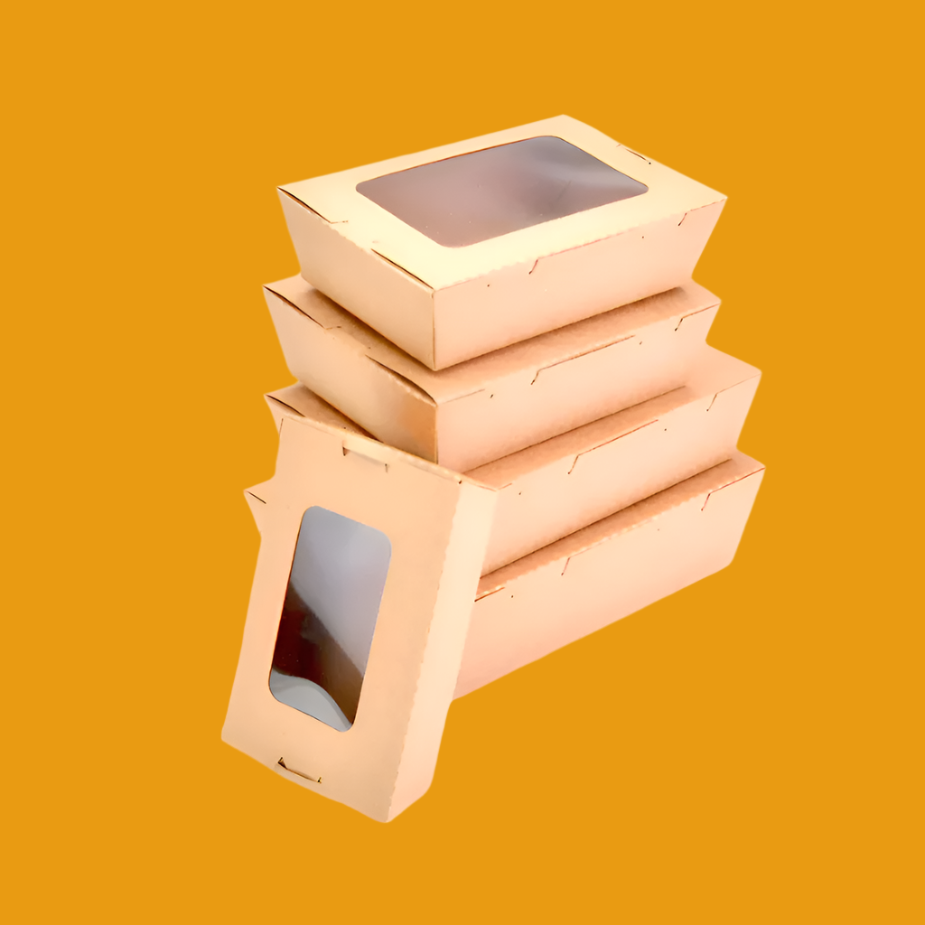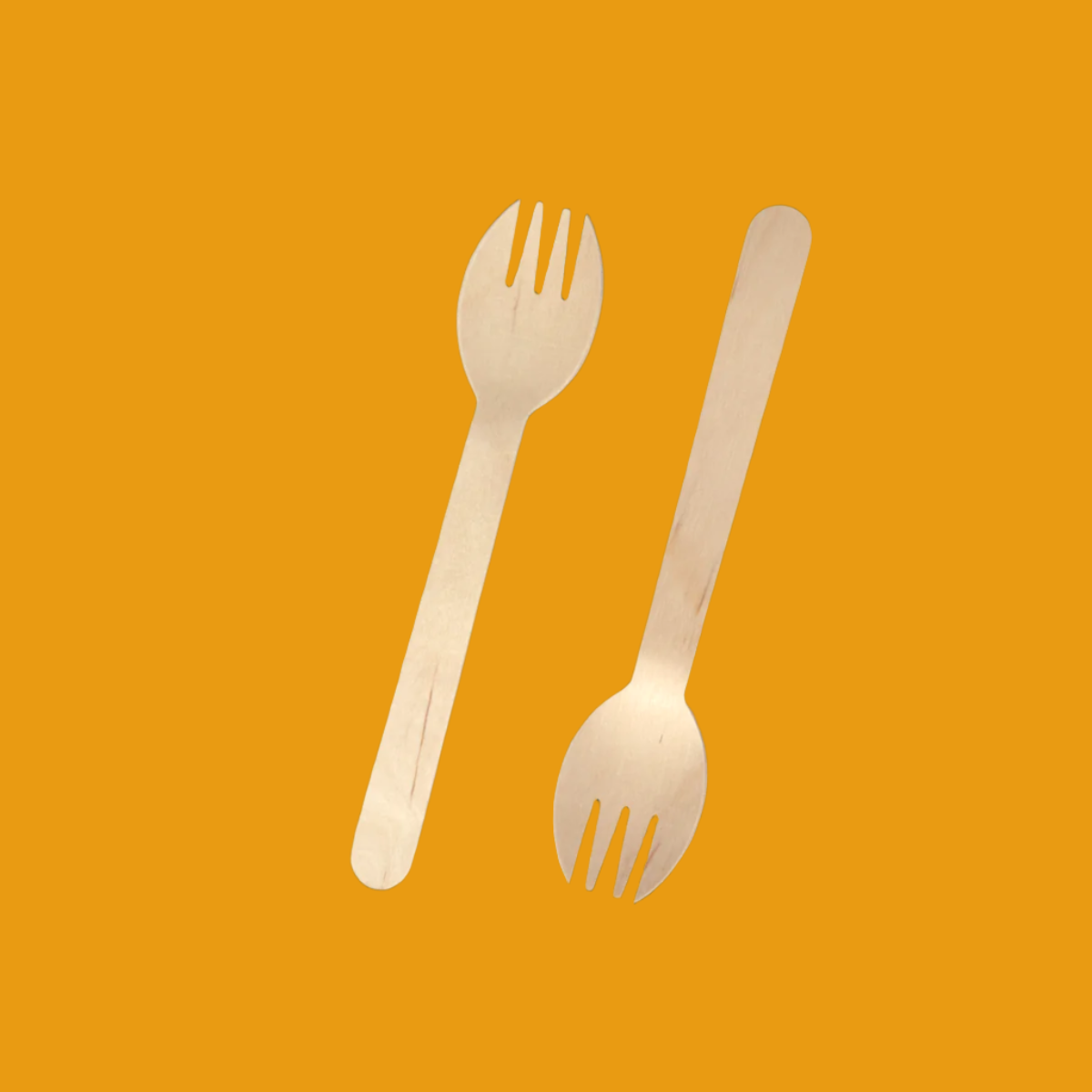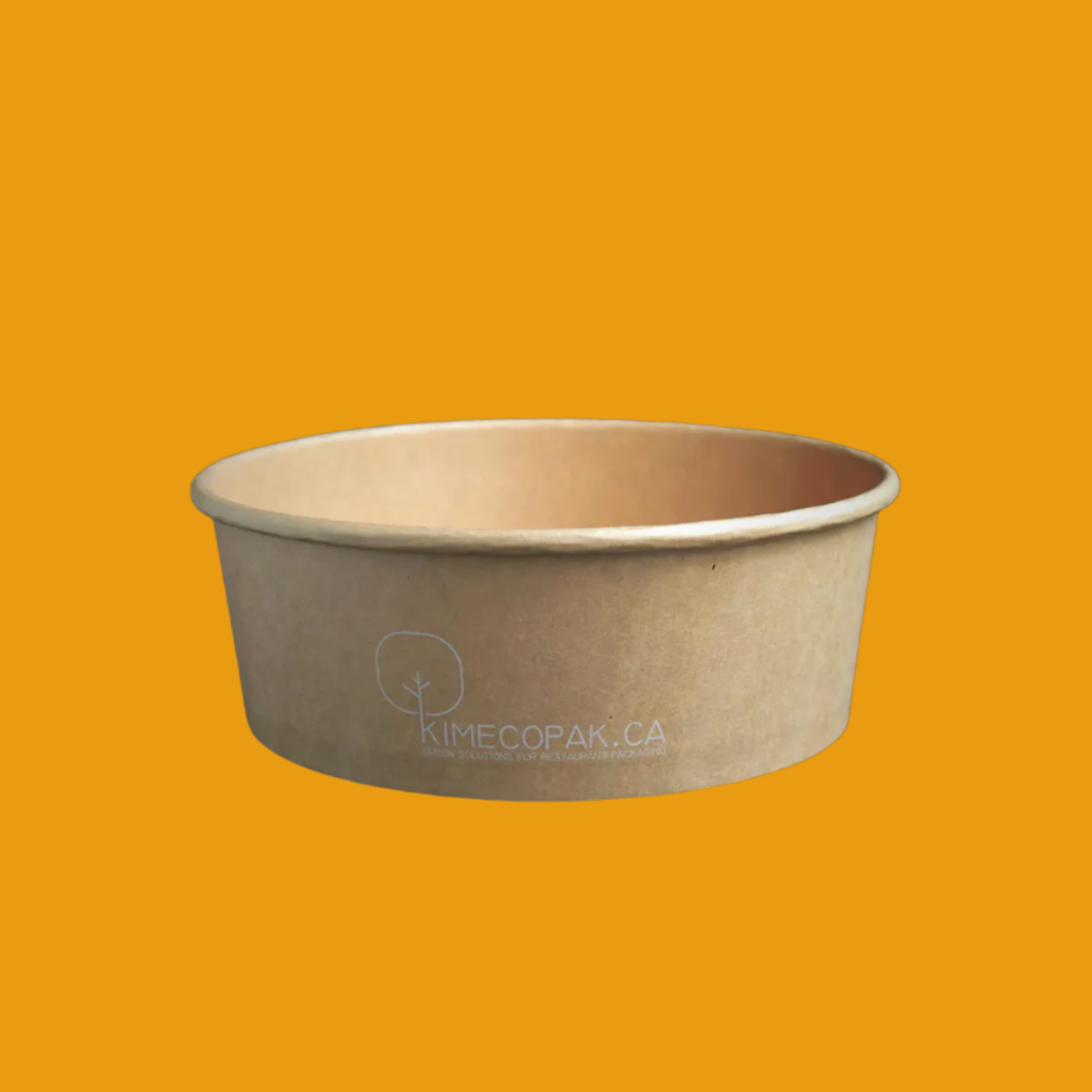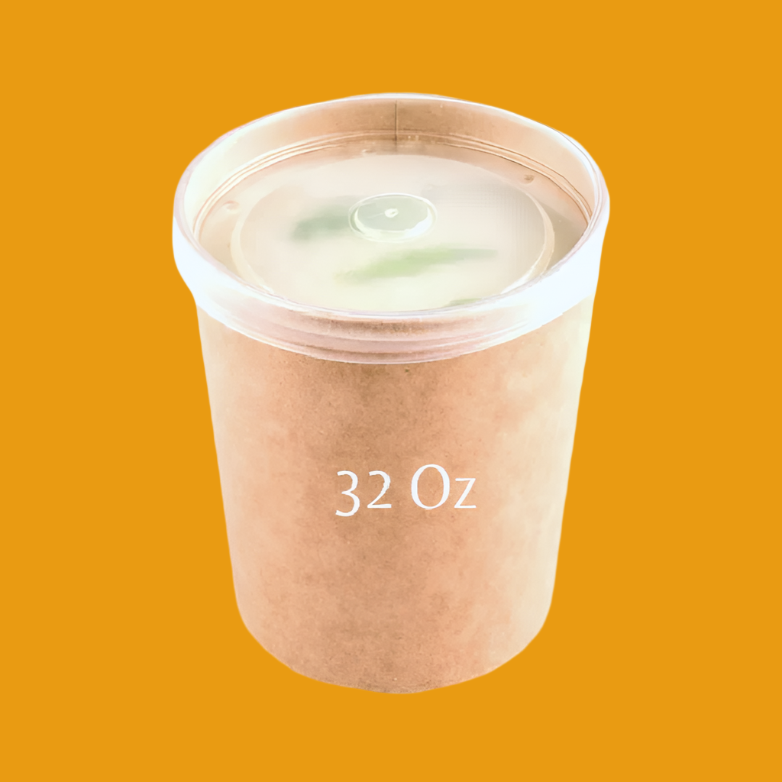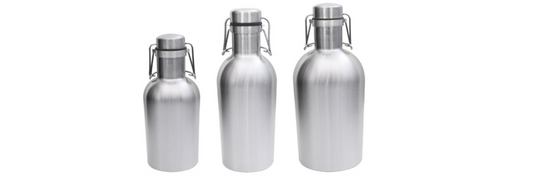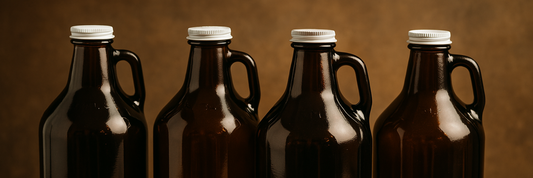Building a multi-tiered cake requires more than just skill and creativity—it also demands proper structural support. This is where cake dowels come into play. Cake dowels provide stability, ensuring that stacked cakes remain secure and do not collapse under their own weight. Whether you are making a wedding cake, birthday cake, or any multi-tiered dessert, understanding how to use cake dowels correctly is crucial. This article will explain what cake dowels are, why they are essential, how to choose the right type, and how to insert them properly.
What Are Cake Dowels?
Cake dowels are small rods or sticks inserted into cakes to support multiple tiers. Their primary purpose is to prevent the upper layers from sinking into the lower layers. Cake dowels distribute weight evenly, making it easier to transport and serve tiered cakes without structural failures.

There are several types of cake dowels, each with different materials and characteristics:
- Plastic Dowels: Durable, lightweight, and easy to cut; commonly used for larger cakes.
- Wooden Dowels: Strong and traditional but can be harder to cut to the desired length.
- Bamboo Dowels: More eco-friendly than plastic or regular wood, offering good support.
- Hollow Plastic Dowels: Provide excellent support for heavy cakes as they distribute weight more effectively.
- Metal Dowels: Used for extra stability in extremely large or intricate cakes.

Do I Need to Use Cake Dowels?
Not every cake requires dowels, but any cake with two or more tiers should have them. Here’s why:
- Prevents Collapsing: Without support, the weight of the upper tiers can cause the bottom tier to sag or collapse.
- Ensures Stability During Transport: Cakes with dowels are less likely to shift or tilt.
- Keeps the Cake Neat and Professional: Dowels help maintain the cake’s structure, making it easier to serve clean slices.
If you are making a single-tier cake, dowels are unnecessary. However, if your cake has multiple layers with soft fillings like whipped cream or fruit, additional support may still be beneficial.
Do I Need to Use a Cake Board with Dowels?
Yes, using a cake board between tiers is essential when using dowels. The board sits on top of the dowels, creating a stable platform for the next cake tier. Without a cake board, the upper tier would rest directly on the lower tier, defeating the purpose of the dowels.
When stacking cakes:
- Place a cake board under each tier that will be stacked.
- Insert dowels into the lower tier to support the board of the tier above.
- Ensure the board is slightly smaller than the cake tier so it remains hidden.
How Many Cake Dowels Do I Need?
The number of dowels required depends on the size and weight of the upper tiers. Here are general guidelines:
- 6-inch cake on an 8-inch cake: Use 3–4 dowels.
- 8-inch cake on a 10-inch cake: Use 4–5 dowels.
- 10-inch cake on a 12-inch cake: Use 5–6 dowels.
- Larger or heavier cakes: Use 6 or more dowels for additional support.
Always space the dowels evenly in a circular or square pattern to provide balanced support.
Which Cake Dowels Should I Use?
Choosing the right dowels depends on the size, weight, and structure of your cake:
- For small cakes (2 tiers, lightweight): Wooden or bamboo dowels work well.
- For medium cakes (3 tiers, moderate weight): Plastic dowels provide good stability.
- For large cakes (4+ tiers, heavy weight): Hollow plastic or metal dowels offer maximum support.
If you need extra stability, combining both wooden and plastic dowels can be beneficial.
How to Use Cake Dowels Correctly
Step 1: Measure and Mark the Dowels
- Stack an empty cake board on the lower tier to determine where the upper tier will sit.
- Use a pencil or edible marker to mark the height of the tier on your dowels.
Step 2: Cut the Dowels
- Cut all dowels to the same height using sharp scissors (for plastic), garden shears (for bamboo), or a small saw (for wood).
- Make sure they are level with the top of the cake layer.
Step 3: Insert the Dowels
- Insert the first dowel in the center of the cake.
- Insert additional dowels evenly around the center, forming a circular or square support system.
- Ensure they are standing straight to avoid tilting.
Step 4: Place the Cake Board and Next Tier
- Carefully place the cake board on top of the dowels.
- Stack the next cake tier on top of the board.
- Repeat the process for additional tiers.

FAQs About Cake Dowels
Do I Need Dowels for a 2-Tier Cake?
Yes, even a 2-tier cake should have dowels, especially if the top tier is heavy. Using at least 3–4 dowels ensures stability and prevents the bottom tier from sinking.
What Dowels Are Best for Cakes?
- Plastic dowels are preferred for most cakes because they are strong and easy to cut.
- Wooden dowels are great for light to medium-weight cakes but require careful cutting.
- Metal dowels provide maximum support for extremely heavy cakes.
What Can I Use Instead of Cake Dowels?
If you do not have cake dowels, you can use:
- Thick plastic straws (only for very light cakes)
- Bubble tea straws (a stronger alternative to regular straws)
- Chopsticks (if cut evenly)
However, cake dowels are always the most reliable option for tiered cakes.
How to Stack Cakes Without Dowels
If you must stack cakes without dowels:
- Use ganache or a stiff buttercream to create a strong base.
- Chill each layer before stacking to firm up the cake.
- Avoid stacking more than two tiers, as instability increases with height.
Even with these precautions, dowels are strongly recommended for a stable and professional-looking cake.
Conclusion
Cake dowels are essential tools for creating stable, professional-tiered cakes. Whether you are making a small two-tier cake or a large wedding cake, dowels provide structural support and prevent sinking or collapse.
By choosing the right dowels, measuring and cutting them correctly, and placing them strategically, you can build cakes that are sturdy, beautiful, and easy to serve. Investing time in proper cake support will ensure that your creations remain intact from assembly to the final slice.
With the right knowledge and tools, you can confidently create multi-tiered cakes with perfect stability and presentation.


